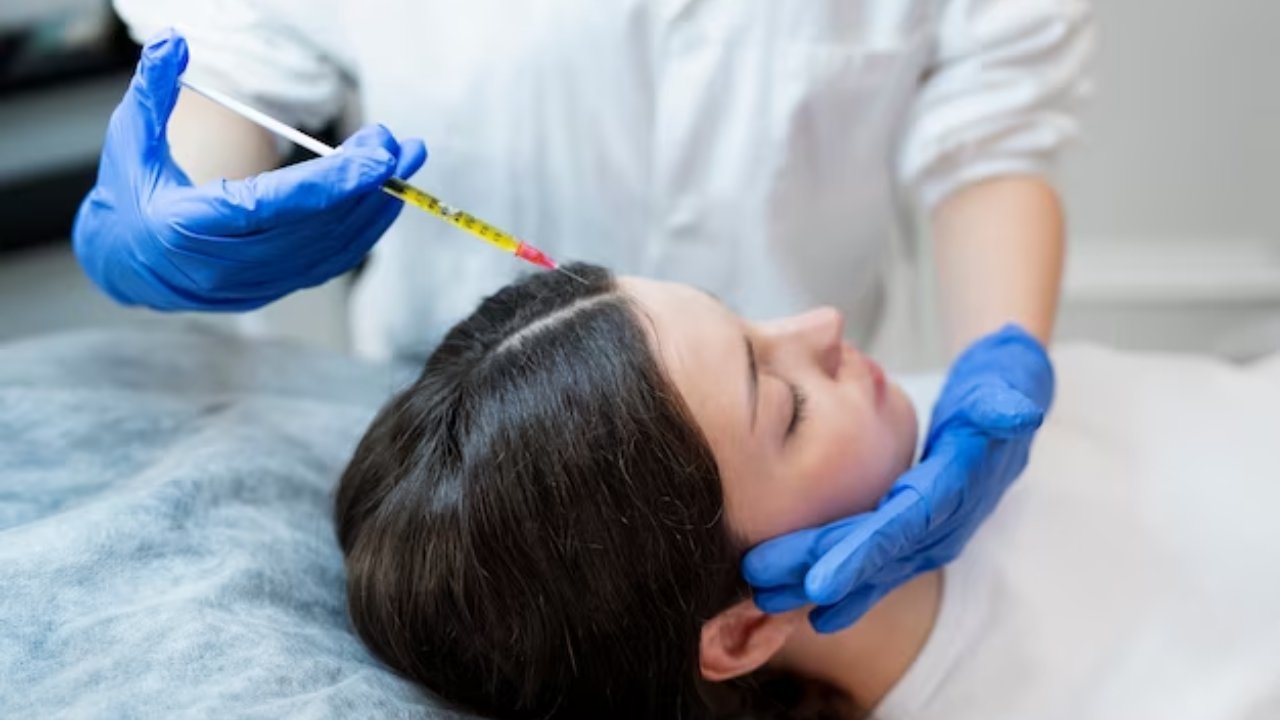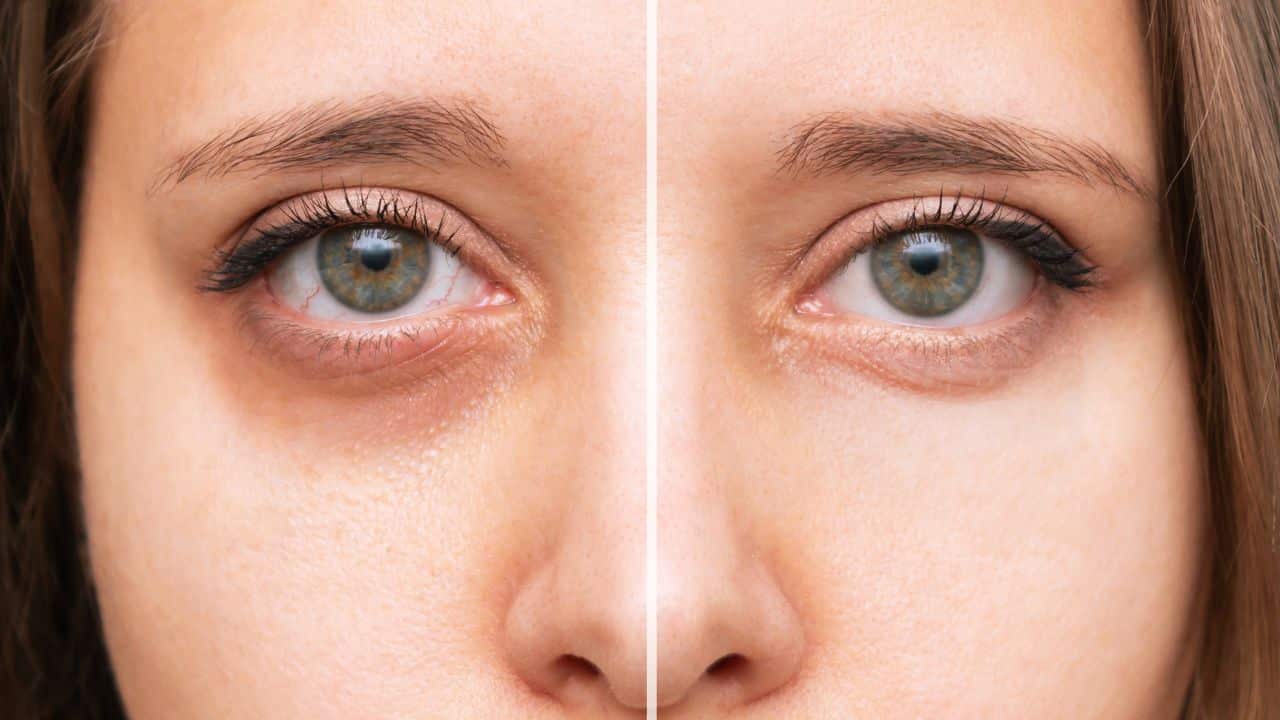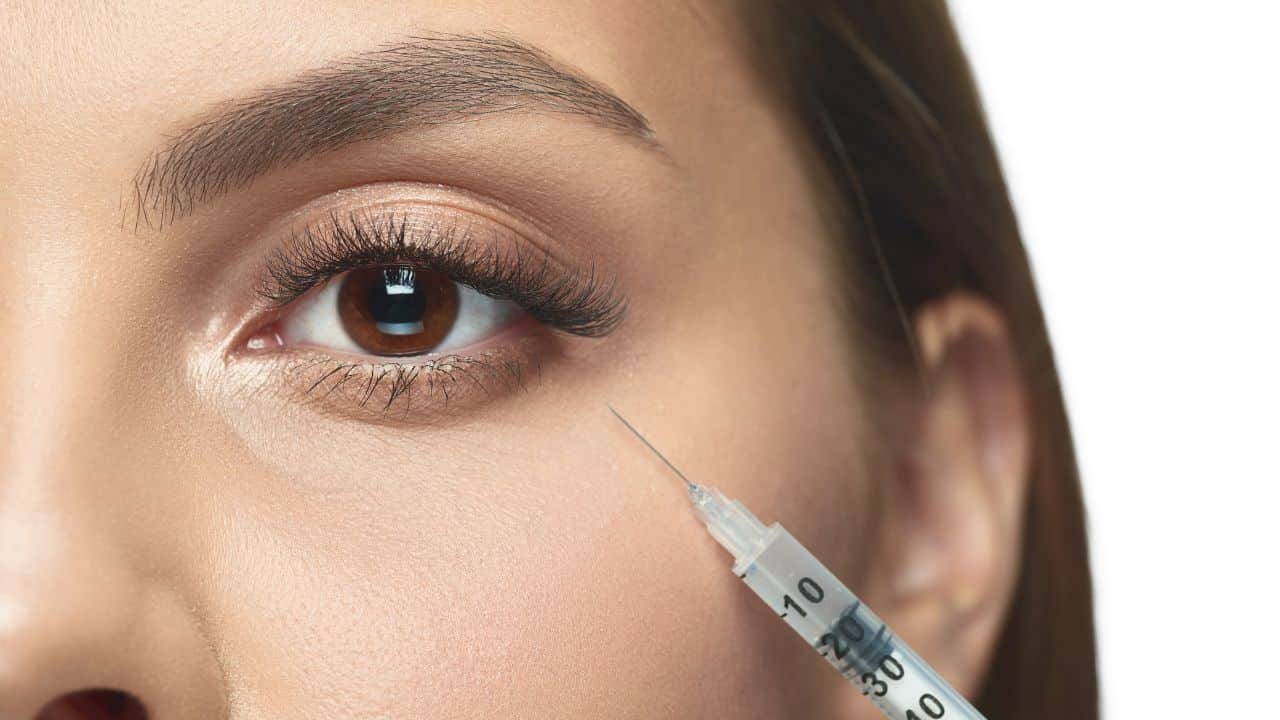Hair loss can be a daunting experience, especially in a city like Los Angeles, where appearance often feels as crucial as your next big break. You may have heard about PRP (Platelet-Rich Plasma) therapy, a revolutionary approach to tackling hair loss, but the looming question remains: will your insurance cover it? This uncertainty can add extra stress to an already sensitive issue.
This blog delves into the intricate insurance coverage scenario for PRP hair loss treatments. Most insurance companies classify PRP as a cosmetic procedure, generally placing it outside the realm of coverage.
However, the landscape is not entirely bleak. There are instances where PRP therapy could be considered a medical necessity, especially if your hair loss is linked to specific medical conditions or treatments. This fundamental distinction could open doors to potential insurance coverage.
Join us as we unravel these details, providing clarity and direction in your journey towards hair restoration.
Is PRP Hair Loss Treatment Covered by Insurance? The General Scenario
While PRP therapy for hair loss is an innovative and effective treatment, most insurance companies’ categorization of it as a cosmetic procedure typically excludes it from coverage. There are exceptions, but they require navigating through a maze of policy details and proving medical necessity.
For North American alopecia patients, particularly those in Los Angeles, understanding the nuances of your insurance policy is key before embarking on PRP treatment.
PRP Therapy in the Eyes of Insurance Companies
When it comes to PRP (Platelet-Rich Plasma) treatments for hair loss, the stance of most insurance companies is relatively straightforward – they often categorize it as a cosmetic procedure.
This classification is crucial because, in the world of insurance, cosmetic procedures are typically not covered. Insurance providers generally view PRP therapy as a method for enhancing appearance rather than treating a medical condition. This perspective is a crucial factor that influences whether PRP treatments receive coverage.
The Cosmetic vs. Medical Treatment Dilemma
The distinction between cosmetic and medical treatments in insurance policies is significant. Medical treatments that address health-related issues are usually eligible for insurance coverage.
Cosmetic treatments, on the other hand, are seen as elective and for aesthetic enhancement, thus not typically qualifying for coverage. Since PRP therapy for hair loss is often placed in the cosmetic category, it usually falls outside the scope of standard health insurance plans.
Exceptions and Considerations
There are exceptions, however. Some insurance companies might consider covering PRP therapy if necessary.
For example, if hair loss is due to an underlying medical condition or a side effect of medical treatment, PRP may occasionally be covered. The challenge lies in proving the medical necessity, which requires thorough documentation and, often, the support of a healthcare professional.
Policies and Precedents
Insurance policies vary widely, and there’s no universal standard for covering PRP treatments. Some insurers may be more progressive and recognize the therapeutic benefits of PRP for alopecia, especially as more scientific evidence emerges supporting its efficacy. However, this is more of an exception than a rule.
Navigating Insurance in Los Angeles
For alopecia patients in Los Angeles, understanding local insurance policies is essential. The city’s diverse healthcare landscape means that coverage options can vary.
Some regional insurers may be more open to covering innovative treatments like PRP, but it often requires patients to navigate a complex web of policy stipulations.
Understanding Your Policy
A crucial step for patients considering PRP therapy is thoroughly reviewing their insurance policy. Understanding the fine print, especially regarding coverage for hair loss treatments, is vital.
If the policy language is ambiguous or there’s potential for coverage, it might be worth discussing with the insurance provider or seeking the help of a healthcare professional to advocate on your behalf.
Do you know the 10 things to avoid after PRP hair treatment?
Factors Influencing Insurance Coverage for PRP
Several factors influence whether PRP therapy for hair loss is covered by insurance. The classification of PRP as a medical necessity, backed by thorough documentation of the hair loss severity and impact, along with a history of unsuccessful conventional treatments, is a crucial consideration.
Understanding these factors and working closely with healthcare professionals can significantly impact the likelihood of insurance coverage for PRP therapy for alopecia patients in the Los Angeles area and beyond.
Classification as a Medical Necessity
One of the primary factors influencing insurance coverage for PRP (Platelet-Rich Plasma) therapy is its classification as a medical necessity. While PRP is commonly viewed as a cosmetic procedure, there are instances where it can be classified differently.
If hair loss is due to an underlying medical condition, such as alopecia areata, an autoimmune disorder, or as a side effect of medical treatments like chemotherapy, PRP therapy might be deemed medically necessary. In such cases, the chances of insurance coverage increase, but this often requires substantial evidence and documentation from a healthcare provider.
Documenting the Severity and Impact of Hair Loss
Insurance companies typically require detailed documentation of the patient’s hair loss condition. This includes the severity of hair loss, duration, and impact on the patient’s quality of life. Medical records, photographs, and scalp analyses may be required to build a case for the medical necessity of PRP therapy.
In cities like Los Angeles, where lifestyle and appearance can significantly impact an individual’s professional and personal life, demonstrating the psychological and social effects of hair loss can be a pivotal factor in insurance considerations.
Previous Treatment Attempts
Another critical factor is the history of previous treatments. Insurance providers often require evidence that standard treatments, such as minoxidil (Rogaine) or finasteride (Propecia), have been tried and proven ineffective before considering coverage for PRP therapy.
This prerequisite ensures that PRP is not the first line of treatment but a considered option after other conventional treatments have failed.
Insurance Provider’s Policies and Guidelines
The specific policies and guidelines of the insurance provider play a significant role in determining coverage. Some insurers may have explicit guidelines about what constitutes a medical necessity, while others may evaluate cases individually.
Understanding the nuances of your insurance provider’s policies is crucial, especially in diverse regions like North America, where healthcare policies can vary significantly.
Consultation with Healthcare Professionals
Engaging with healthcare professionals is vital in navigating the complexities of insurance coverage for PRP. Dermatologists or hair restoration specialists can provide the necessary medical insight and documentation to support the claim for insurance coverage.
Their expertise can be instrumental in classifying PRP therapy as a medically necessary procedure.
How to Check If Your Insurance Covers PRP

Step 1: Review Your Insurance Policy
Begin by thoroughly reviewing your current health insurance policy. Look for sections detailing coverage for specialty treatments or procedures classified as medical or cosmetic.
Specifically, search for any mention of hair loss treatments. Understanding the language of your policy is crucial, as it can give you a preliminary idea of whether treatments like PRP might be covered.
Step 2: Identify Key Terms and Conditions
Pay close attention to terms like ‘cosmetic,’ ‘elective,’ ‘medical necessity,’ and ‘experimental treatments.’ These terms are often key in insurance policies when determining coverage eligibility.
If PRP is considered ‘experimental’ or ‘cosmetic,’ it might not be covered. However, if there’s language about covering treatments deemed a ‘medical necessity,’ coverage may be possible.
Step 3: Contact Your Insurance Provider
Once you’ve reviewed your policy, the next step is to contact your insurance provider directly. Prepare a list of specific questions to ask, such as:
- Does my policy cover PRP therapy for hair loss?
- Are there conditions under which PRP therapy would be considered a medical necessity?
- What documentation or proof is required to establish medical necessity for PRP therapy?
- Are there preferred providers or clinics for PRP therapy under my plan?
Step 4: Consult with Your Healthcare Provider
Schedule a consultation with your healthcare provider or a PRP therapy specialist. They can provide medical documentation and help argue the case for PRP as a medical necessity, especially if other hair loss treatments have failed.
They can also provide a letter of medical necessity, which can be a powerful tool in persuading insurance companies.
Step 5: Gather Documentation
Collect all relevant medical documents, including records of previous hair loss treatments and their outcomes, photographs of your hair loss, and any correspondence with healthcare professionals regarding your condition. This documentation can support your claim for insurance coverage.
Step 6: Submitting a Claim or Pre-Authorization Request
Submit a claim or pre-authorization request for PRP therapy based on your insurance provider’s process. Include all necessary documentation and the letter of medical necessity from your healthcare provider.
Be prepared for a possible initial rejection, and know that you may need to appeal or provide additional information.
Step 7: Understanding Denials and Appeals
If your request for coverage is denied, carefully review the reasons for denial. You may have the option to appeal the decision. In this case, additional information or clarification regarding the medical necessity of PRP therapy might be required.
Alternatives and Options If Not Covered
If your insurance doesn’t cover PRP (Platelet-Rich Plasma) therapy for hair loss, don’t lose hope. There are alternative payment options that can make this effective treatment accessible.
Many clinics, particularly in areas like Los Angeles, understand the financial constraints and offer flexible payment plans. These plans often allow you to spread the cost of treatment over a while, making it more manageable financially.
Considering Financing Options
Another avenue to explore is financing through third-party medical finance companies. These organizations specialize in helping patients fund their medical treatments. They often provide competitive interest rates and flexible repayment terms.
Some clinics have partnerships with financing companies, which can streamline the application process.
Evaluating the Long-Term Cost-Effectiveness of PRP
When considering the cost of PRP therapy, it’s vital to evaluate its long-term value. PRP may seem like a higher upfront investment than other treatments not covered by insurance, like over-the-counter topical solutions.
However, the effectiveness of PRP in promoting hair growth and its potential to offer lasting results can make it a more cost-effective solution in the long run. Instead of continuously spending money on treatments with limited or temporary efficacy, investing in PRP could provide a more sustainable and satisfactory outcome.
Leveraging Health Savings Accounts (HSAs) or Flexible Spending Accounts (FSAs)
You can use these funds to pay for your PRP treatments if you have a Health Savings Account (HSA) or a Flexible Spending Account (FSA). These accounts allow you to use pre-tax dollars for medical expenses, including treatments not typically covered by insurance.
Looking into Clinic-Specific Discounts or Packages
Some clinics offer special discounts or package deals for PRP treatment courses. These packages can reduce the overall cost compared to individual sessions. It’s always worth asking your chosen clinic if they have any ongoing promotions or package deals.
Comparing PRP with Other Non-Covered Treatments
When weighing your options, compare PRP therapy’s cost and effectiveness with other non-covered treatments. Despite the initial cost, PRP’s potential to provide more substantial and enduring results can make it a more viable option.
Seeking Professional Advice for Financial Planning
Don’t hesitate to discuss your financial concerns with the clinic’s administrative staff. They can provide insights into the most cost-effective way to plan your treatment and offer advice on managing the associated costs.
Conclusion
While the lack of insurance coverage for PRP therapy can be a hurdle, there are several viable alternatives to finance this promising treatment. From flexible payment plans and financing options to utilizing HSAs or FSAs and taking advantage of clinic-specific deals, there are ways to make PRP therapy accessible.
For alopecia patients in Los Angeles and beyond, considering the long-term effectiveness and cost-benefit of PRP therapy compared to other options is key in making an informed decision about your hair restoration journey.
You can always count on PRP Treatment Beverly Hills for the most reliable treatments in LA.





